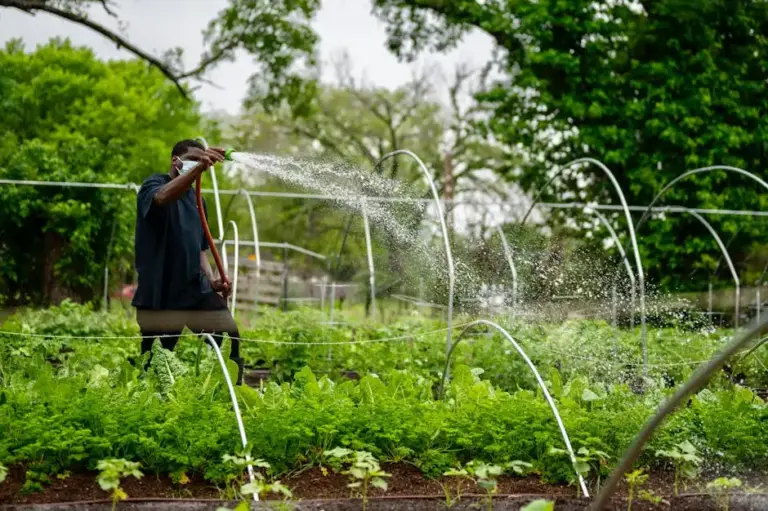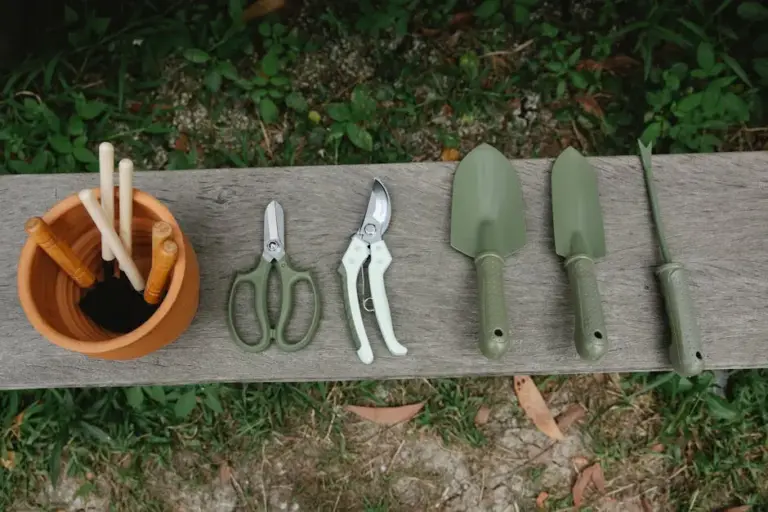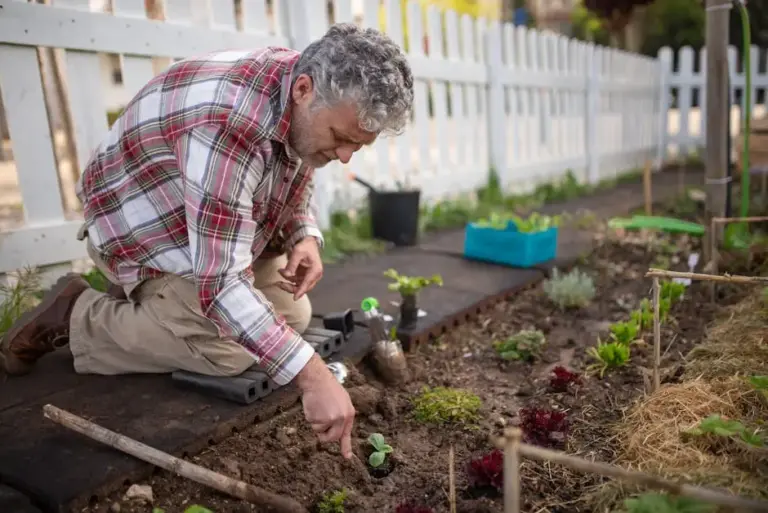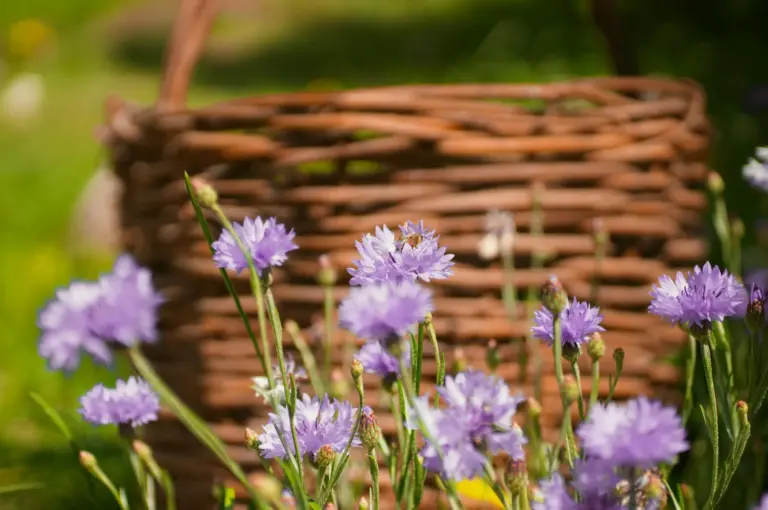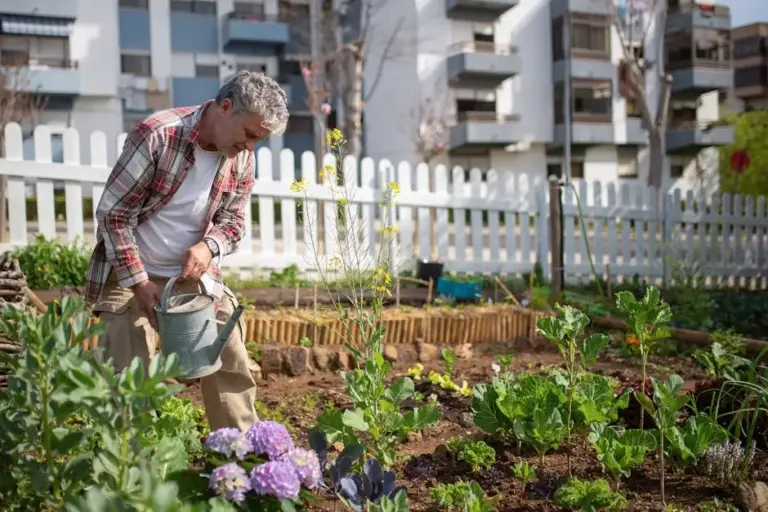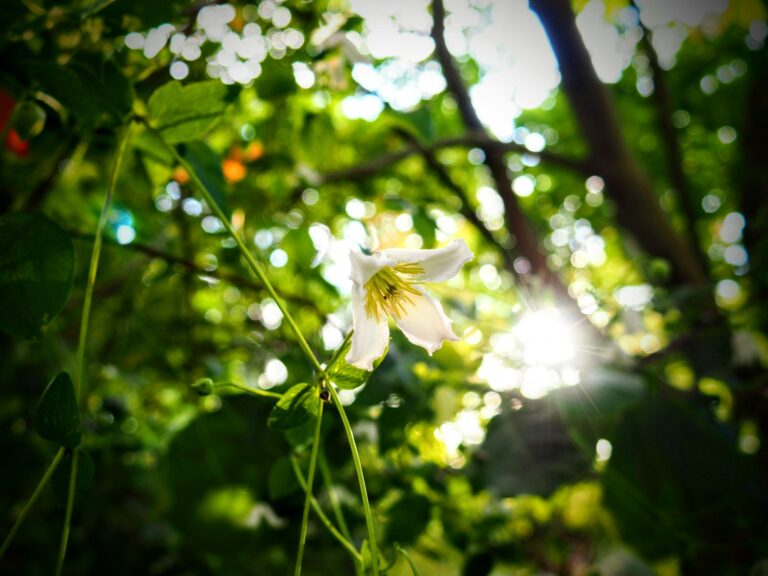What Every Beginner Should Know About Starting a Garden in Cold Weather
Cold weather doesn’t have to mean the end of gardening. If you want to keep growing fresh food when temperatures dip, there are ways to make it work.
With a little planning, you can get your garden thriving even when it’s chilly outside.
What every beginner should know is that successful cold-weather gardening is possible when you choose the right plants and protect them properly. Here’s how to get started and keep your garden going strong through the colder months.
Choose cold-hardy vegetables like kale, spinach, and Brussels sprouts
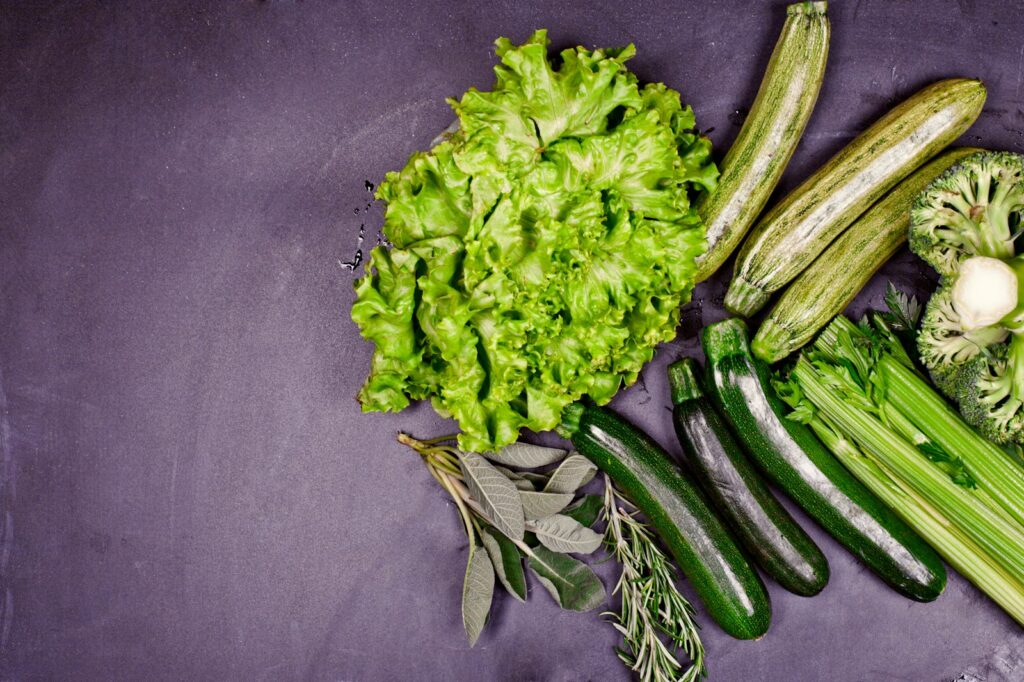
Picking the right vegetables is a game-changer for cold weather gardening. Cold-hardy plants like kale, spinach, and Brussels sprouts can handle frost and chilly nights.
Kale stays green and fresh even when it’s cold. Spinach grows quickly and can survive freezing temperatures with a little help.
Brussels sprouts take their time but actually taste better after a frost. These veggies don’t need hot days or warm soil, so you can enjoy fresh produce late into the season.
Prepare soil with compost and mulch to retain heat
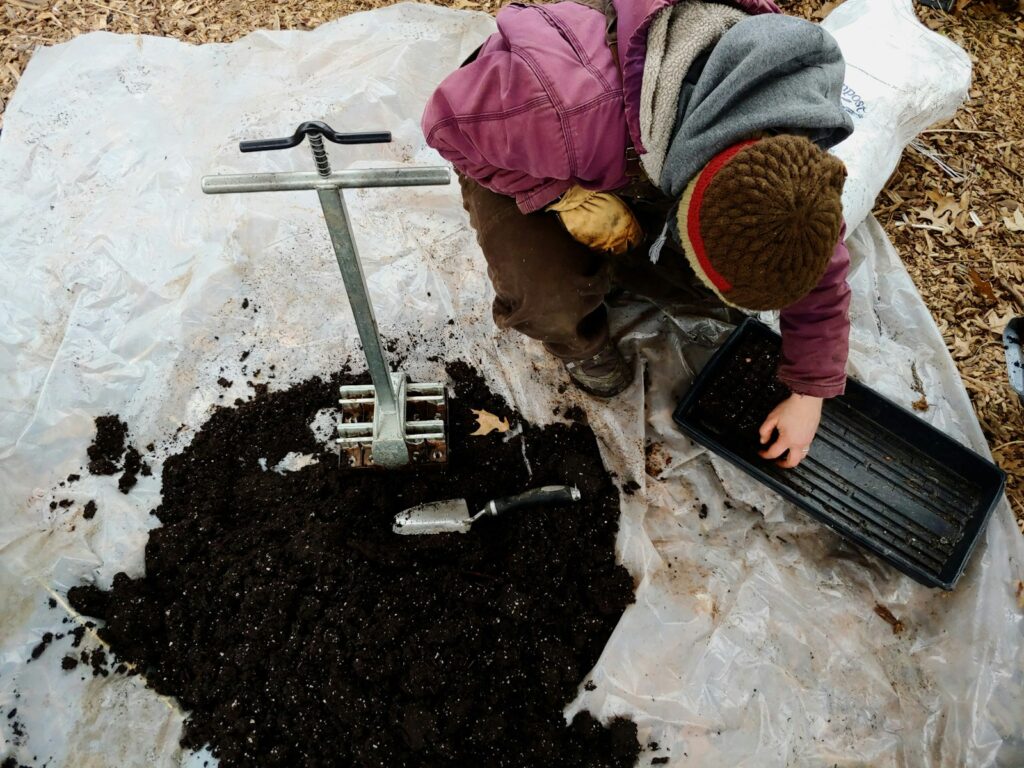
Get your garden beds ready by adding compost to your soil. Compost boosts nutrients and helps the soil hold onto moisture.
Spread a layer of mulch on top to act like a cozy blanket for your plants. Mulch keeps the ground warm and slows down temperature swings.
You can use compost as mulch too by spreading it over the soil surface. Make sure the soil is damp before mulching so it can hold warmth better.
Mulch also helps prevent weeds and stops soil from washing away. Adding compost and mulch in late fall sets you up for a healthy garden next spring.
Use frost blankets or row covers to protect plants from freezing

When the forecast calls for a cold snap, frost blankets or row covers can save your plants. These covers trap heat from the ground and keep cold air out.
Cover your plants completely, making sure the edges reach the soil. Put the covers on before sunset so they can trap warmth overnight.
Frost blankets are made from light fabric that lets sunlight and water through. Secure the edges with rocks or stakes so they don’t blow away.
Plant seeds or seedlings early to maximize growing time

Getting a head start makes a big difference in cold weather gardening. Start seeds indoors before the last frost so your plants are ready to go when it warms up.
Seedlings that begin inside are less likely to get damaged by frost. Move them outside once the danger has passed.
Using seedlings instead of seeds can save you time. A planting calendar helps you know when to start for healthy growth.
Build cold frames or hoop houses to extend the growing season
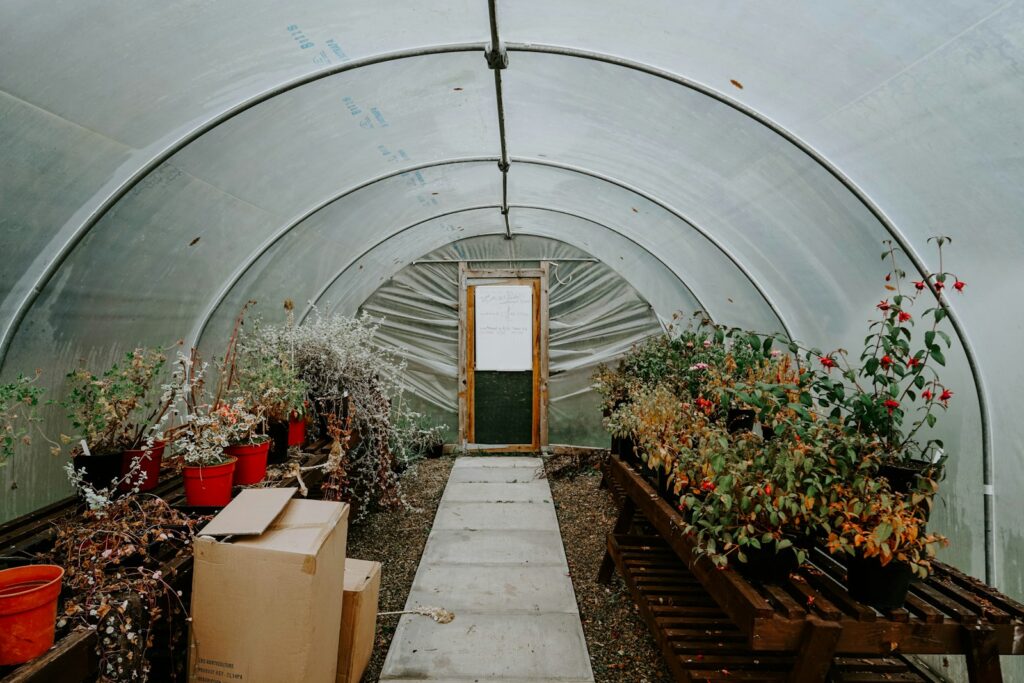
Cold frames and hoop houses let you keep gardening even when it’s chilly outside. Cold frames work like little greenhouses and are simple to build.
Hoop houses give you more space and are made with flexible hoops covered by plastic or fabric. Both options help trap warmth and protect your plants from frost.
You don’t need fancy equipment to get started.
Water garden beds thoroughly before a freeze to insulate roots
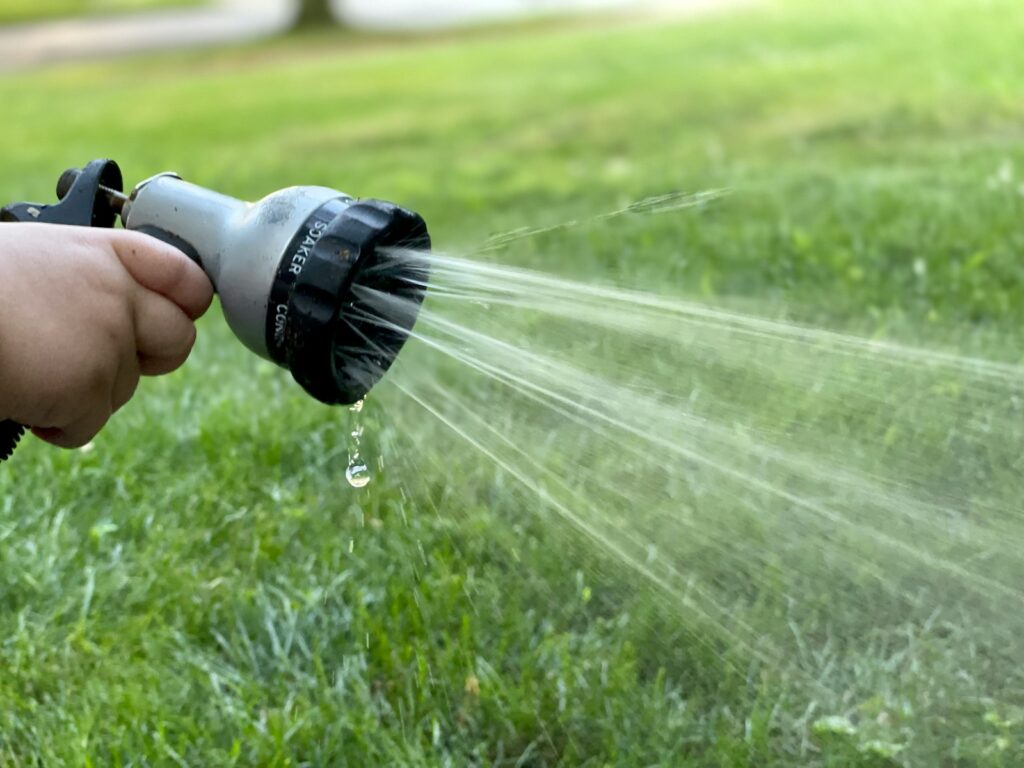
Before a freeze hits, water your garden beds well. Moist soil holds heat better than dry soil and helps protect plant roots.
Water until the soil is soaked but not muddy. Try to do this the night before a freeze for the best results.
Avoid over-watering, which can cause problems. This method works best for established plants, while young seedlings may need extra protection.
Prune dead leaves to prevent disease during cold months
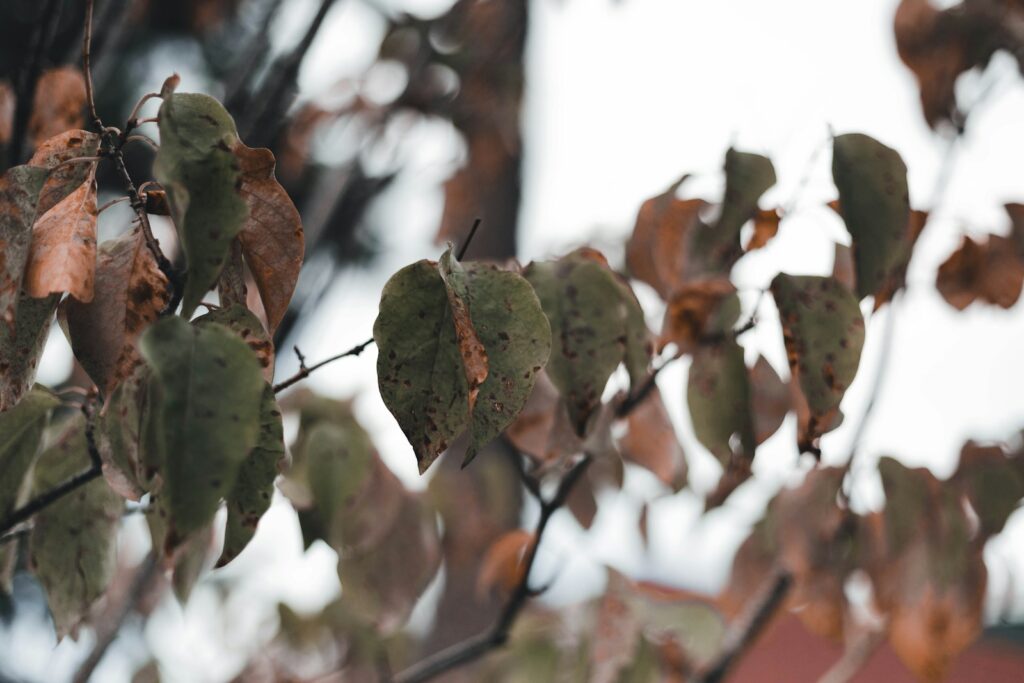
Remove dead or dying leaves from your plants before winter. Old leaves can hide pests and diseases that harm your garden.
Use clean, sharp tools to avoid spreading infection. Prune gently and focus on cutting off damaged branches as well.
Choose a dry, mild day for pruning. Wait until the worst of winter has passed before doing any heavy cutting.
Use raised beds for better drainage and soil warmth
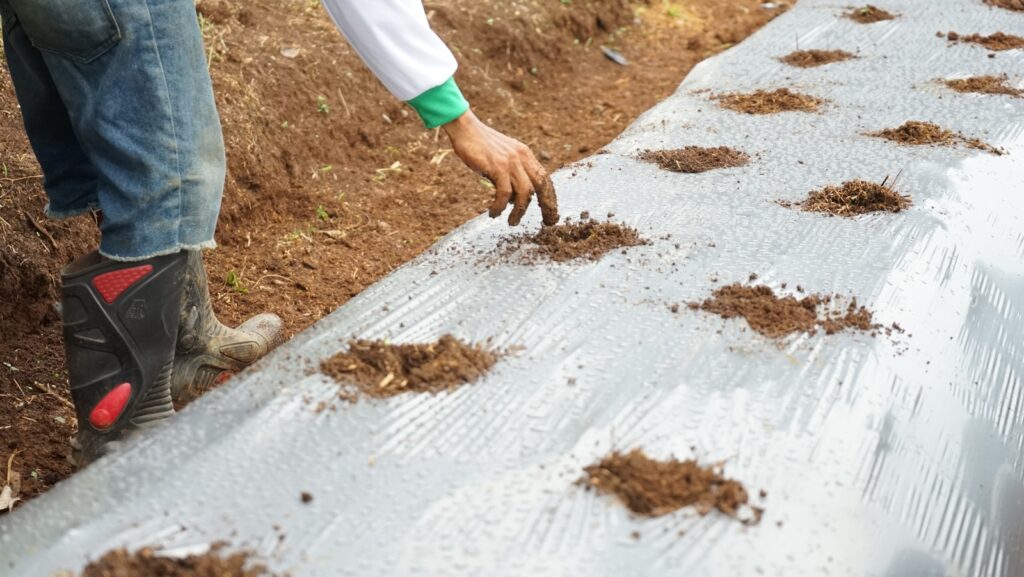
Raised beds can make a big difference in cold weather. They help water drain away quickly, which keeps roots from freezing.
The soil in raised beds warms up sooner in spring, giving your seeds a head start. You can also control the soil mix to keep it rich and loose.
Monitor weather forecasts and cover plants before frost events
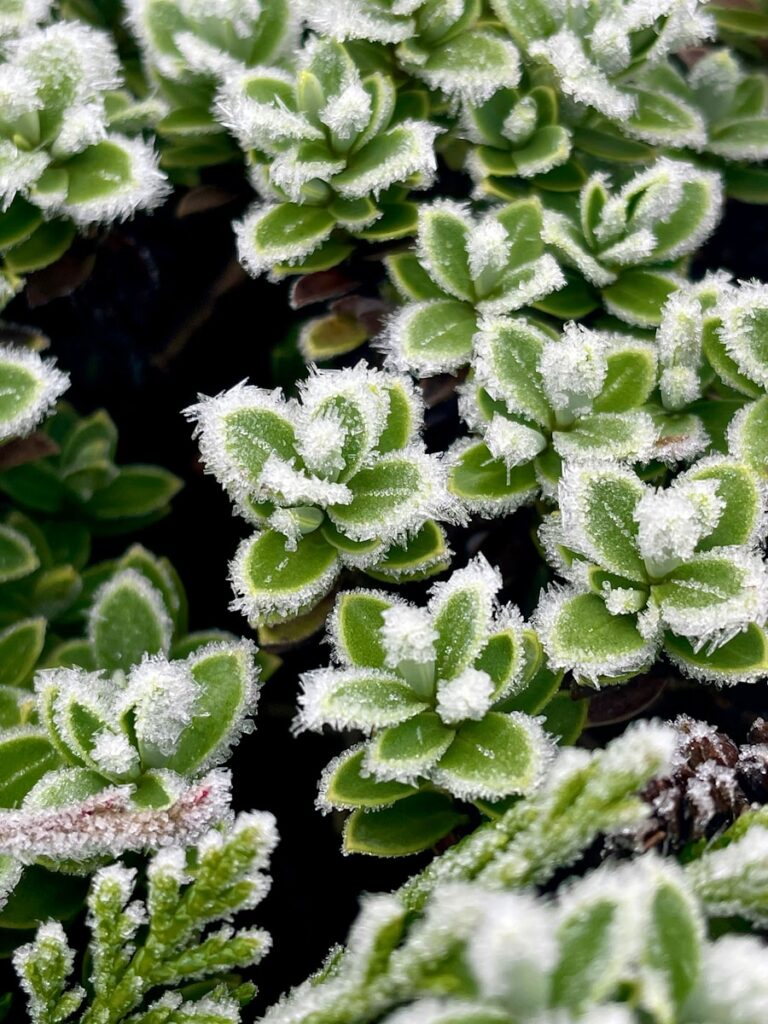
Keep an eye on the weather forecast during the colder months. Frost can sneak up on clear nights when temperatures drop.
Cover your plants before the temperature falls. Use old sheets, blankets, or frost cloths to trap warmth and keep frost off the leaves.
Remove covers in the morning once the sun is up. Knowing your local frost dates and watching weather alerts helps you act quickly.
Rotate crops to maintain soil health through winter
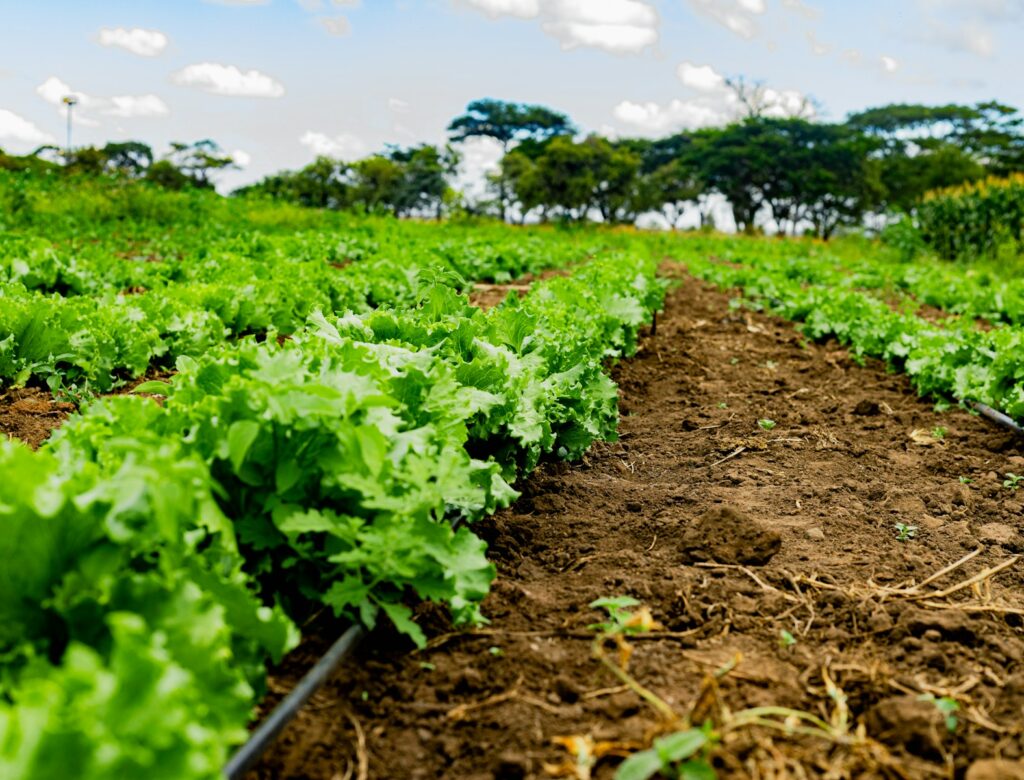
Rotating your crops every season helps keep your soil healthy. Changing what you plant and where you plant it stops pests and diseases from building up.
Some crops use up nutrients, while others put nutrients back. For example, planting legumes after heavy feeders can improve soil nitrogen.
Winter is a great time to plan your crop rotation for spring. Following a rotation plan keeps your garden productive and reduces the need for extra fertilizer.
Understanding Cold Weather Gardening
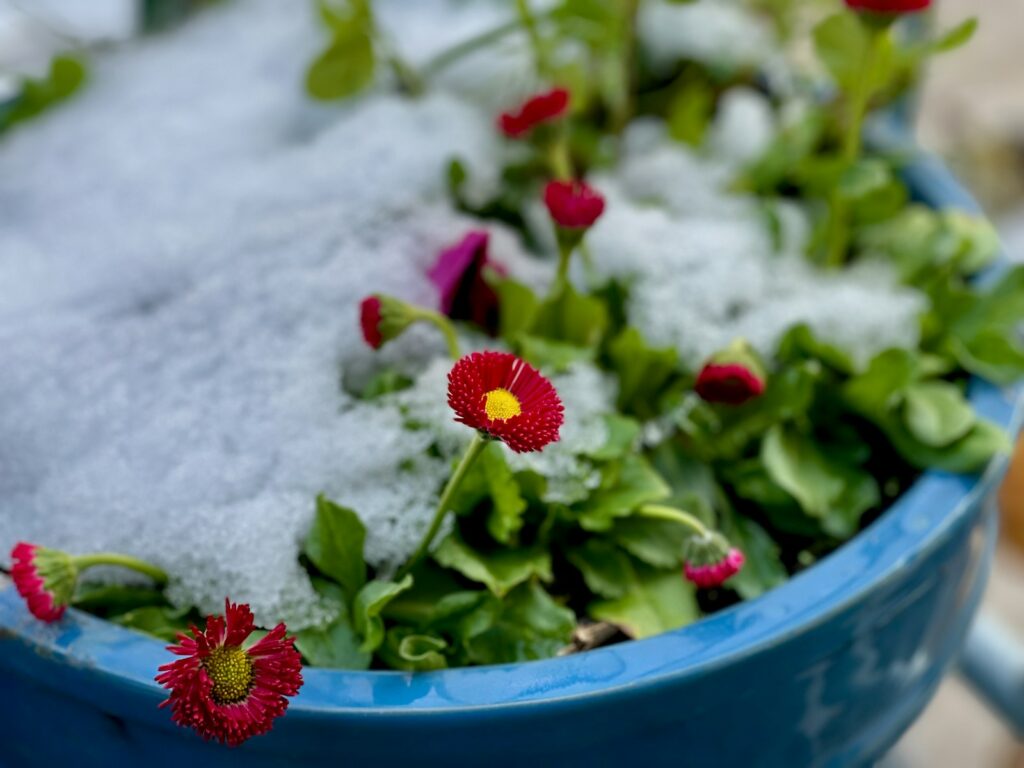
Cold weather gardening means dealing with lower temperatures, shorter days, and the risk of frost. Knowing how these changes affect your plants helps you plan ahead.
How Frost Affects Plant Growth
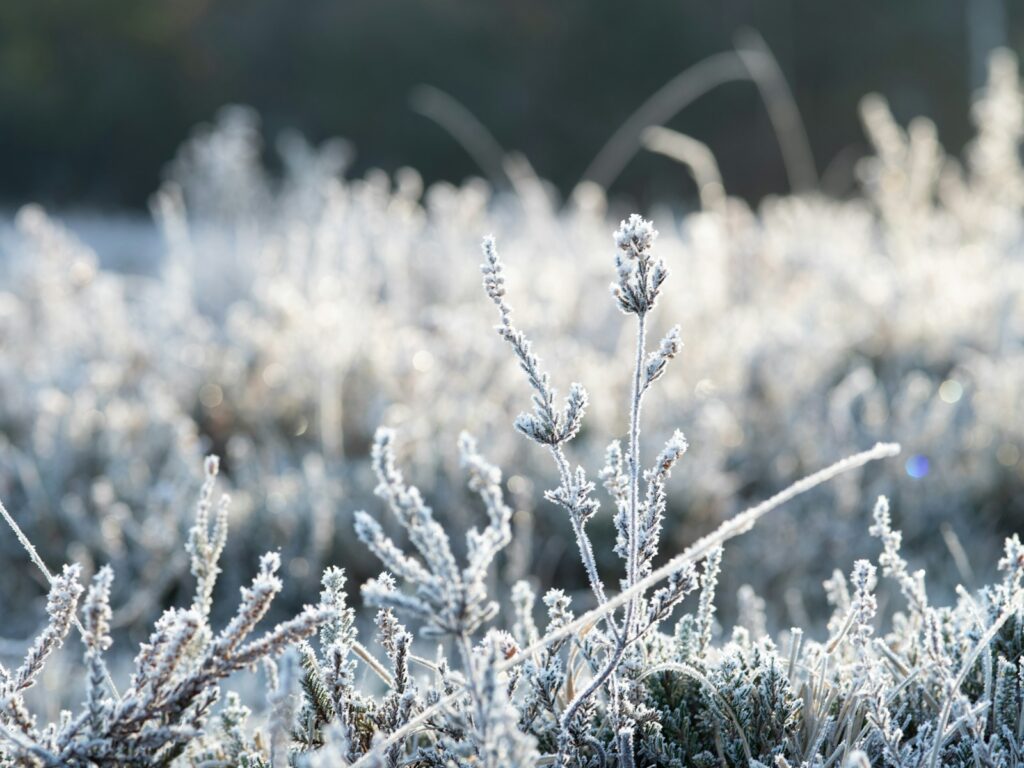
Frost happens when temperatures drop below freezing and water inside plant cells turns to ice. This can damage or even kill the plant.
Some plants are more frost-tolerant than others. Leafy greens like kale and spinach can handle light frost, but tender plants like tomatoes cannot.
Protect your plants with covers or cold frames. Mulch and raised beds also help keep roots warmer.
Check your local frost dates to plan your planting and protection strategies.
The Growing Season in Cooler Climates
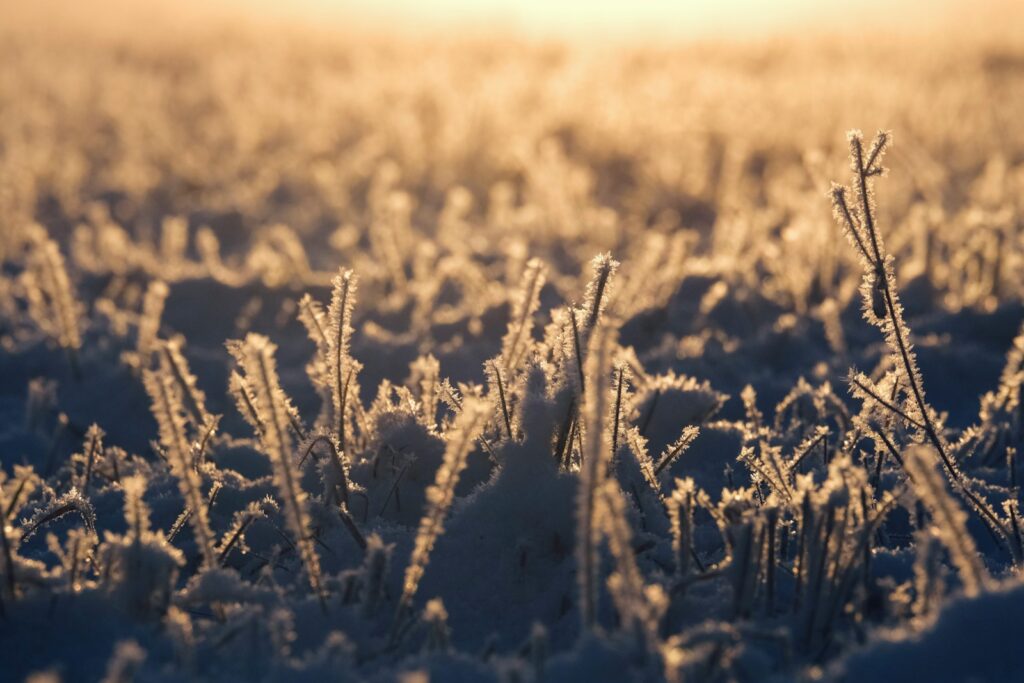
In cold climates, the growing season is shorter because the ground stays frozen longer and there’s less daylight.
Starting seeds indoors gives your plants a head start. Fast-growing, cold-hardy vegetables like carrots, lettuce, and radishes are good choices.
Cold frames or hoop houses can give you a few extra weeks of growing time. Timing your planting about six to eight weeks before the first frost helps your garden get established.
Best Practices for Protecting Plants

Keep soil temperatures steady and prevent frost damage by covering plants and watering wisely. These small steps can make a big difference for your garden through the colder months.
Using Mulch and Covers Effectively
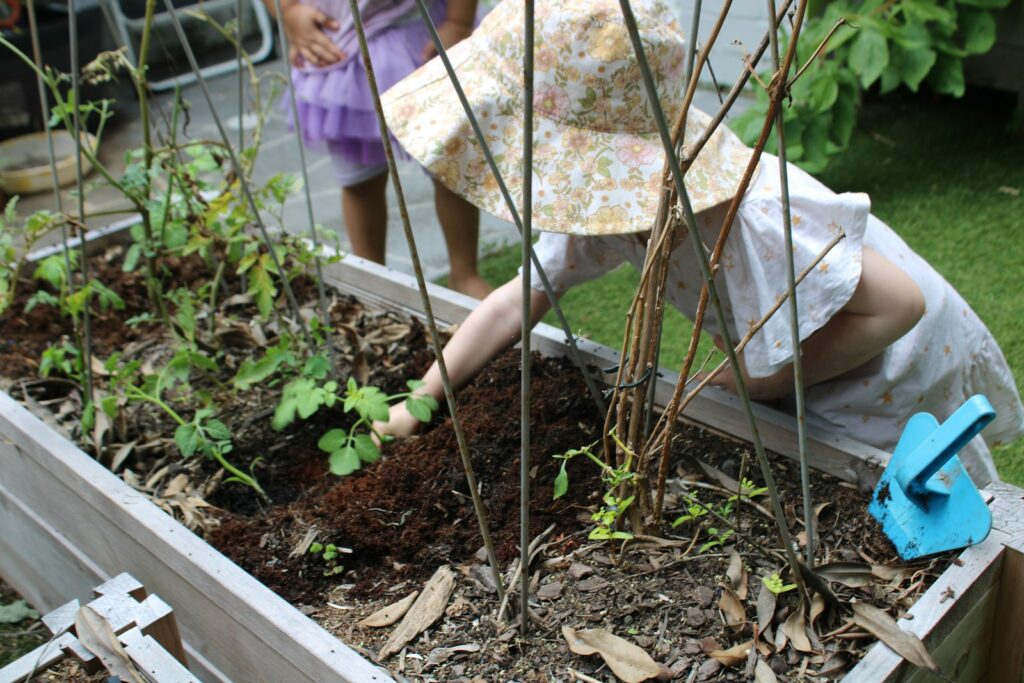
When the weather gets colder, mulch can make a huge difference in your garden. Think of it as a cozy blanket for your plants.
Organic options like straw, shredded leaves, or wood chips work well. Spread a layer about two to four inches thick around your plants.
Be careful not to pile mulch directly against the stems. This helps prevent rot and keeps your plants healthier.
Covers such as frost cloths, old sheets, or burlap can also help protect your plants from surprise frosts. Put them on before it gets too cold, ideally by late afternoon.
Make sure the cover touches the ground to trap warmth. On sunny days, remove the covers so your plants do not overheat.
Tips for Watering in Cold Conditions
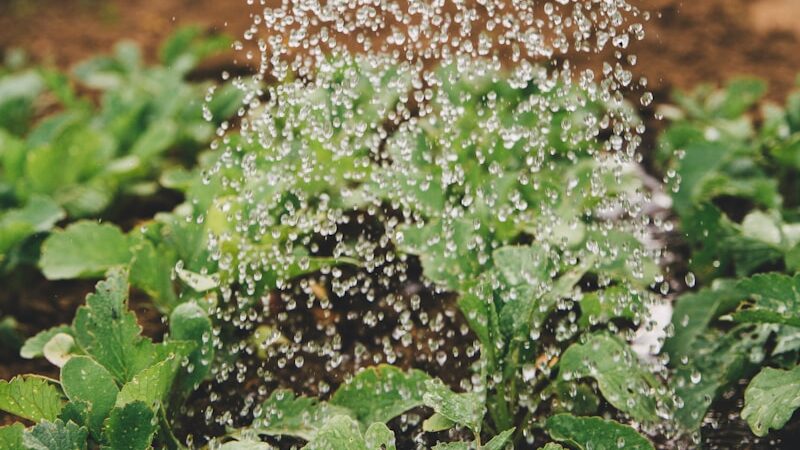
When the temperature drops, your plants still need some attention. Watering deeply before a freeze can actually help protect them.
Moist soil holds heat better than dry soil, which means roots stay warmer during cold nights. Try to water in the morning so plants have time to soak up moisture before it gets chilly.
Avoid watering too often since soggy soil can freeze and harm the roots. Skip watering altogether if temperatures are already below freezing because ice can form on leaves and cause damage.
If you keep plants in containers, move them to a sheltered spot after watering to help prevent freezing. Little adjustments like these can make a big difference for your garden through winter.


